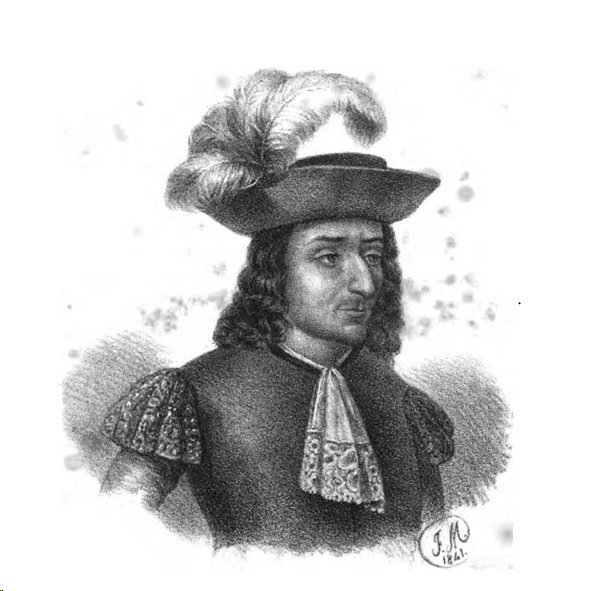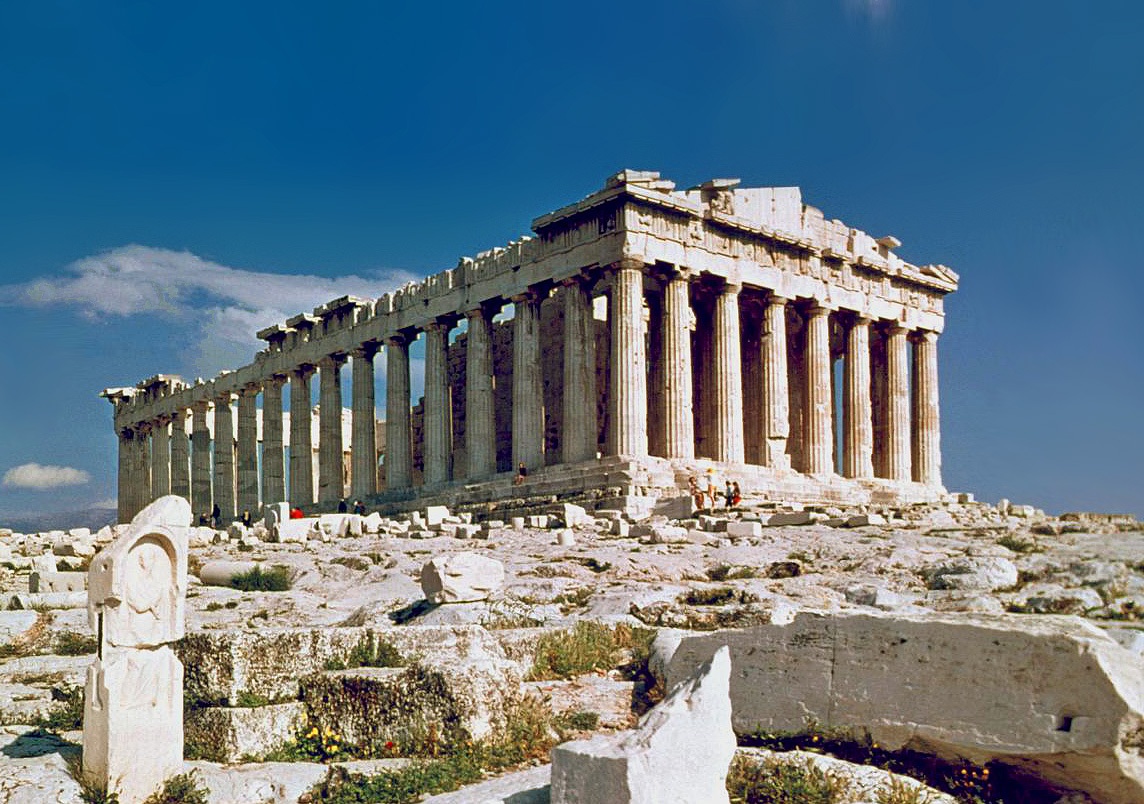|
Vincente Mut
Vicente Mut i Armengol (1614–1687) was a Mallorcan astronomer, engineer, historian, mathematician and soldier. He was born at Palma in 1614, and became a major of his island militia, a mathematician and historian. He wrote several publications on artillery, astronomy and history, and worked on the fortification of Mallorca. Mutus crater on the Moon The Moon is Earth's only natural satellite. It is the fifth largest satellite in the Solar System and the largest and most massive relative to its parent planet, with a diameter about one-quarter that of Earth (comparable to the width of ... is named in his honor. External links Vicente Mut Armengol. Polymath Virtual Library, Fundación Ignacio Larramendi References 1614 births 1687 deaths 17th-century Spanish astronomers People from Mallorca {{Europe-astronomer-stub ... [...More Info...] [...Related Items...] OR: [Wikipedia] [Google] [Baidu] |
Vicente Mut Y Armengol
Vicente is an Italian, Spanish, and Portuguese name. Like its French variant, Vincent, it is derived from the Latin name ''Vincentius'' meaning "conquering" (from Latin ''vincere'', "to conquer"). Vicente may refer to: Location * São Vicente, Cape Verde - an island in Cape Verde People Given Name * Vicente Aleixandre (1898–1984), Spanish writer, Nobel Prize laureate * Vicente Álvarez Travieso, first alguacil mayor (1731–1779) of San Antonio, Texas * Vicente Aranda (1926–2015), Spanish film director, screenwriter and producer * Vicente del Bosque (b. 1950), former Spanish footballer and former manager of the Spain national football team * José Vicente Feliz, American settler * Vicente Fernández (1940–2021), Mexican retired singer, actor, and film producer * Vicente Fox Quesada (b. 1942), Mexican politician who served as President of Mexico * Juan Vicente Gómez (1857–1935), Venezuelan military dictator * Vicente Guaita (b. 1987), Spanish footballer * Vicente G ... [...More Info...] [...Related Items...] OR: [Wikipedia] [Google] [Baidu] |
Mallorca
Mallorca, or Majorca, is the largest island in the Balearic Islands, which are part of Spain and located in the Mediterranean. The capital of the island, Palma, is also the capital of the autonomous community of the Balearic Islands. The Balearic Islands have been an autonomous region of Spain since 1983. There are two small islands off the coast of Mallorca: Cabrera (southeast of Palma) and Dragonera (west of Palma). The anthem of Mallorca is "La Balanguera". Like the other Balearic Islands of Menorca, Ibiza, and Formentera, the island is an extremely popular holiday destination, particularly for tourists from the Netherlands, Germany and the United Kingdom. The international airport, Palma de Mallorca Airport, is one of the busiest in Spain; it was used by 28 million passengers in 2017, with use increasing every year since 2012. Etymology The name derives from Classical Latin ''insula maior'', "larger island". Later, in Medieval Latin, this became ''Maiorca'', "the larg ... [...More Info...] [...Related Items...] OR: [Wikipedia] [Google] [Baidu] |
Palma, Majorca
Palma (; ; also known as ''Palma de Mallorca'', officially between 1983–88, 2006–08, and 2012–16) is the capital and largest city of the autonomous community of the Balearic Islands in Spain. It is situated on the south coast of Mallorca on the Bay of Palma. The Cabrera Archipelago, though widely separated from Palma proper, is administratively considered part of the municipality. , Palma Airport serves over 29 million passengers per year. History Palma was founded as a Roman camp upon the remains of a Talaiotic settlement. The city was subjected to several Vandal raids during the fall of the Western Roman Empire, then reconquered by the Byzantine Empire, then colonised by the Moors (who called it ''Medina Mayurqa'') and, in the 13th century, by James I of Aragon. Roman period After the conquest of Mallorca, the city was loosely incorporated into the province of Tarraconensis by 123 BC; the Romans founded two new cities: ''Palma'' on the south of the island, an ... [...More Info...] [...Related Items...] OR: [Wikipedia] [Google] [Baidu] |
Smith, Elder & Co
Smith, Elder & Co. or Smith, Elder, and Co. or Smith, Elder and Co. was a British publishing company which was most noted for the works it published in the 19th century. It was purchased by John Murray in the early 1900s, its archive now kept as part of the John Murray Archive at the National Library of Scotland in Edinburgh, Scotland. History The firm was founded by George Smith (1789–1846) and Alexander Elder (1790–1876) and successfully continued by George Murray Smith (1824–1901). They are known to have published as early as 1826. They are notable for producing the first edition of the ''Dictionary of National Biography'' (''DNB''). The firm achieved its first major success with the publication of Charlotte Brontë's ''Jane Eyre'' in 1847, under the pseudonym of "Currer Bell". Other major authors published by the firm included Robert Browning, George Eliot, Elizabeth Gaskell, Thomas Hardy, Richard Jefferies, George MacDonald, Charles Reade, John Ruskin, A ... [...More Info...] [...Related Items...] OR: [Wikipedia] [Google] [Baidu] |
CRC Press
The CRC Press, LLC is an American publishing group that specializes in producing technical books. Many of their books relate to engineering, science and mathematics. Their scope also includes books on business, forensics and information technology. CRC Press is now a division of Taylor & Francis, itself a subsidiary of Informa. History The CRC Press was founded as the Chemical Rubber Company (CRC) in 1903 by brothers Arthur, Leo and Emanuel Friedman in Cleveland, Ohio, based on an earlier enterprise by Arthur, who had begun selling rubber laboratory aprons in 1900. The company gradually expanded to include sales of laboratory equipment to chemists. In 1913 the CRC offered a short (116-page) manual called the ''Rubber Handbook'' as an incentive for any purchase of a dozen aprons. Since then the ''Rubber Handbook'' has evolved into the CRC's flagship book, the ''CRC Handbook of Chemistry and Physics''. In 1964, Chemical Rubber decided to focus on its publishing ventures ... [...More Info...] [...Related Items...] OR: [Wikipedia] [Google] [Baidu] |
Mutus (crater)
Mutus is a lunar impact crater An impact crater is a circular depression in the surface of a solid astronomical object formed by the hypervelocity impact of a smaller object. In contrast to volcanic craters, which result from explosion or internal collapse, impact crater ... that is located in the rugged southern part of the Moon. It lies to the north-northeast of the larger crater Manzinus (crater), Manzinus, and some distance to the south of Hommel (crater), Hommel. It is 78 kilometers in diameter and 3.7 kilometers deep. It is from the Pre-Nectarian period, 4.55 to 3.92 billion years ago.''Autostar Suite Astronomer Edition''. CD-ROM. Meade, April 2006. The outer rim of Mutus is worn and eroded, with a pair of small but notable craters, Mutus A and Mutus V, lying across the eastern rim. A number of other tiny craters lay along the rim and the interior wall. Another crater, Mutus B, is located on the crater floor, just to the south of the midpoint. The remainder of the in ... [...More Info...] [...Related Items...] OR: [Wikipedia] [Google] [Baidu] |
Moon
The Moon is Earth's only natural satellite. It is the fifth largest satellite in the Solar System and the largest and most massive relative to its parent planet, with a diameter about one-quarter that of Earth (comparable to the width of Australia). The Moon is a planetary-mass object with a differentiated rocky body, making it a satellite planet under the geophysical definitions of the term and larger than all known dwarf planets of the Solar System. It lacks any significant atmosphere, hydrosphere, or magnetic field. Its surface gravity is about one-sixth of Earth's at , with Jupiter's moon Io being the only satellite in the Solar System known to have a higher surface gravity and density. The Moon orbits Earth at an average distance of , or about 30 times Earth's diameter. Its gravitational influence is the main driver of Earth's tides and very slowly lengthens Earth's day. The Moon's orbit around Earth has a sidereal period of 27.3 days. During each s ... [...More Info...] [...Related Items...] OR: [Wikipedia] [Google] [Baidu] |
1614 Births
Events January–June * February – King James I of England condemns duels, in his proclamation ''Against Private Challenges and Combats''. * April 5 – Pocahontas is forced into child marriage with English colonist John Rolfe in Jamestown, Virginia. July–December * July 6 – Raid of Żejtun: Ottoman forces make a final attempt to conquer the island of Malta, but are beaten back by the Knights Hospitaller. * August 23 – The University of Groningen is established in the Dutch Republic. * September 1 – In England, Sir Julius Caesar becomes Master of the Rolls. * October 11 – Adriaen Block and a group of Amsterdam merchants petition the States General of the Northern Netherlands for exclusive trading rights, in the area he explored and named "New Netherland". * November 12 – The Treaty of Xanten ends the War of the Jülich Succession. * November 19 – Hostilities resulting from an attempt by Toyotomi Hideyori to restore Osaka Castle begin. Tokugawa Ieyasu ... [...More Info...] [...Related Items...] OR: [Wikipedia] [Google] [Baidu] |
1687 Deaths
Events January–March * January 3 – With the end of latest of the Savoyard–Waldensian wars in the Duchy of Savoy between the Savoyard government and Protestant Italians known as the Waldensians, Victor Amadeus III, Duke of Savoy, carries out the release of 3,847 surviving prisoners and their families, who had forcibly been converted to Catholicism, and permits the group to emigrate to Switzerland. * January 8 – Richard Talbot, 1st Earl of Tyrconnell, is appointed as the last Lord Deputy of Ireland by the English crown, and begins efforts to include more Roman Catholic Irishmen in the administration. Upon the removal of King James II in England and Scotland, the Earl of Tyrconnell loses his job and is replaced by James, who reigns briefly as King of Ireland until William III establishes his rule over the isle. * January 27 – In one of the most sensational cases in England in the 17th century, midwife Mary Hobry murders her abusive husband, Deni ... [...More Info...] [...Related Items...] OR: [Wikipedia] [Google] [Baidu] |
17th-century Spanish Astronomers
The 17th century lasted from January 1, 1601 ( MDCI), to December 31, 1700 ( MDCC). It falls into the early modern period of Europe and in that continent (whose impact on the world was increasing) was characterized by the Baroque cultural movement, the latter part of the Spanish Golden Age, the Dutch Golden Age, the French ''Grand Siècle'' dominated by Louis XIV, the Scientific Revolution, the world's first public company and megacorporation known as the Dutch East India Company, and according to some historians, the General Crisis. From the mid-17th century, European politics were increasingly dominated by the Kingdom of France of Louis XIV, where royal power was solidified domestically in the civil war of the Fronde. The semi-feudal territorial French nobility was weakened and subjugated to the power of an absolute monarchy through the reinvention of the Palace of Versailles from a hunting lodge to a gilded prison, in which a greatly expanded royal court could be more easily ... [...More Info...] [...Related Items...] OR: [Wikipedia] [Google] [Baidu] |




